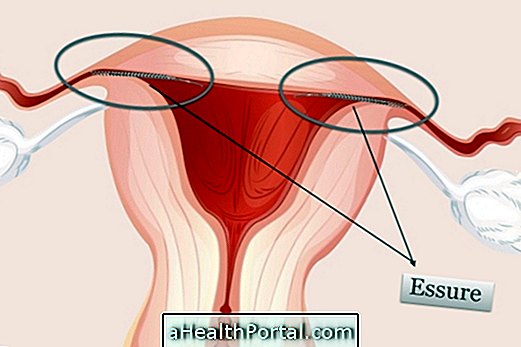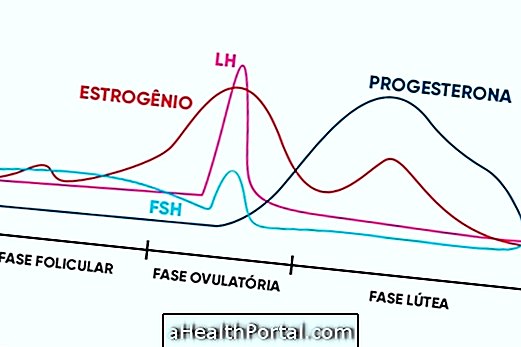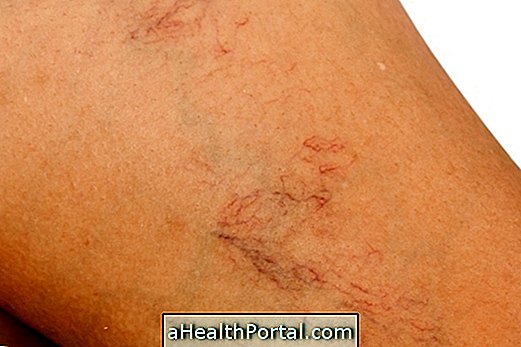Essure is a way of avoiding pregnancy in a definitive way, which consists of placing two small metal springs inside each uterine horn, which blocks the passage of sperm, thus preventing unwanted pregnancy.
This contraceptive method works similarly to tubal ligation, which is when the doctor cuts each horn, but in the case of the Essure, 2 spiral springs are placed, which naturally inflames this area, which results in the production of a which completely covers the springs, blocking the tubes. In this way the body forms a natural barrier, preventing the passage of sperm, without the need to use hormones.

Main side effects
The placement of Essure can cause problems such as leaving the implant where it is placed, causing pain during its collation, cramping, vaginal bleeding, abdominal pain in the foot of the belly and back for a few days. Headache, nausea, vomiting, dizziness, fainting may also occur. Although rare, Essure can be naturally expelled by the body or move, and in this case it is not effective in contraception, increasing the risk of ectopic pregnancy, a situation that puts the woman's life at risk and does not allow the development of the embryo.
In addition, a woman may also present an allergic reaction to nickel and develop symptoms such as body itching and swelling, and there is no way to know if the person will develop this allergy or not. If there is an allergy, Essure needs to be removed through surgery.
When it is indicated
Essure's placement is indicated for the woman who has had children and who desires a definitive contraception. Thus, it is common for their placement to occur after the age of 35 or according to the couple's desire not to have children, but since it is an irreversible method, the doctor can advise the couple to wait until about 40 years, which is when pregnancy is already advised against because there is greater risk for the woman and the baby.
How it is placed
Essure can be placed in a microsurgery performed in a doctor's office by a hysteroscopist and not by the gynecologist. The procedure is done without cuts and the material needed for placement of this 'spring' enters the vaginal canal.
Usually the body takes about 3 months to form the barrier needed to prevent the passage of sperm, and during this time the woman should use other ways to protect herself from an unwanted pregnancy, such as a condom or contraceptive pill. The woman should only abandon other contraceptive methods after performing an ultrasound and X-ray with consisted and the doctor to observe that the body formed the necessary barrier to protect it.
Who can not use
In addition to not being indicated for women who still wish to become pregnant, it is also not indicated for a woman under the age of 21 or over the age of 45. It is also contraindicated for a woman who is suspected of having a pregnancy, has only one fallopian tube, if you are allergic to the contrast used on the x-ray, if you have vaginal bleeding without an apparent cause, if you have cancer or suspected cancer of the reproductive system, if you have been pregnant in the last 6 weeks, or if you have any active gynecological infections.















.jpg)






